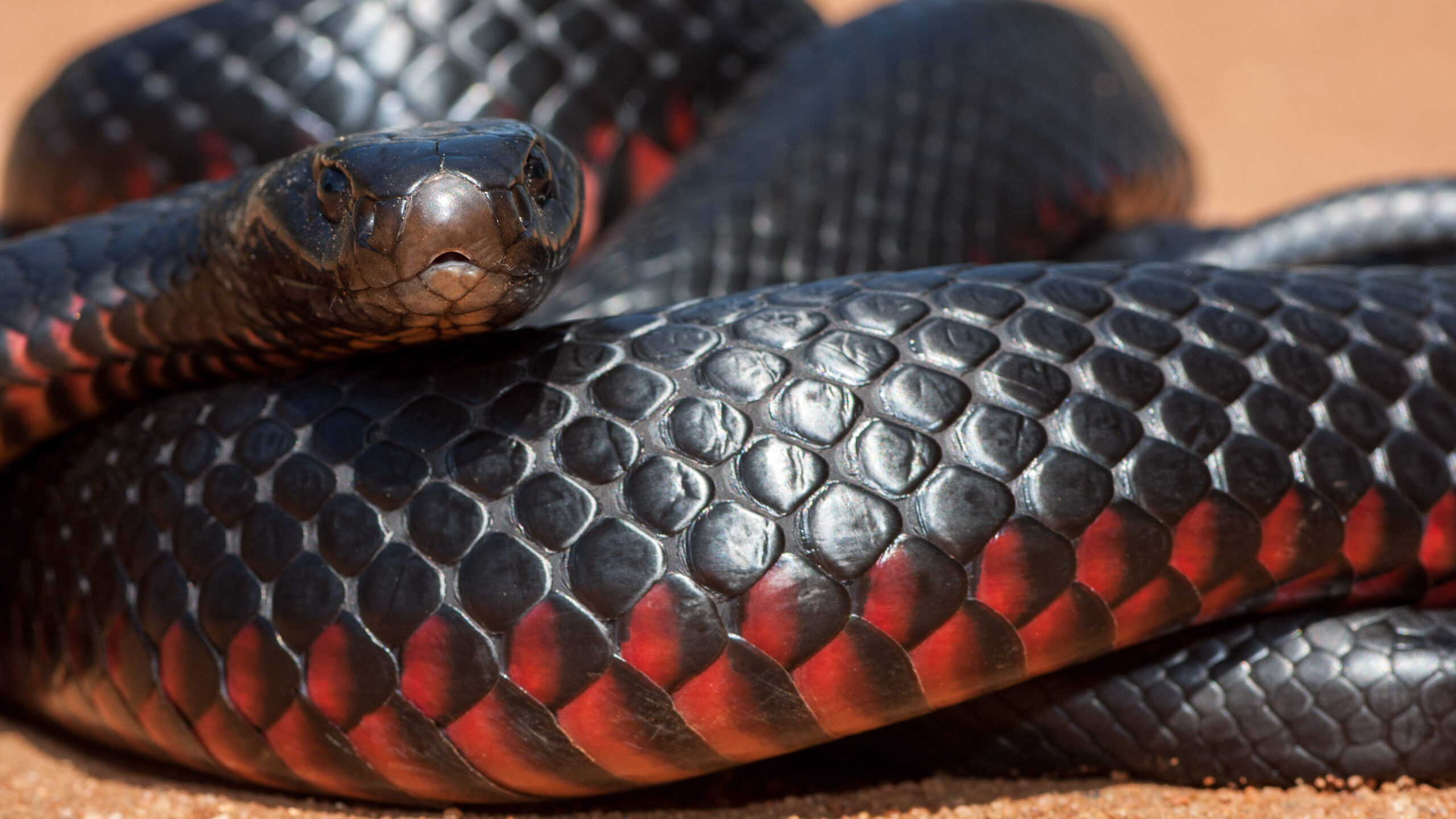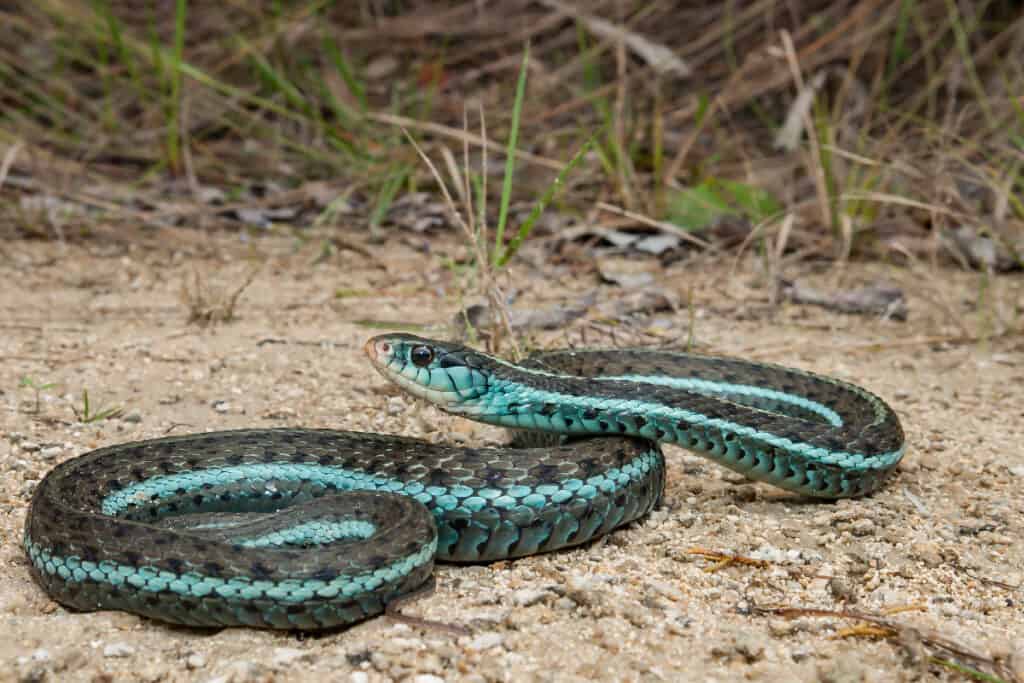Introduction
When it concerns the interesting globe of serpents, couple of species catch the creative imagination quite like the infant tiger serpent. Recognized for their distinct pigmentation and potent venom, these snakes are an essential component of Australia's one-of-a-kind community. In this thorough write-up, we will certainly look into various facets of child tiger snakes, including their habits, environment, and just how to safely interact with them. Whether you're a wildlife lover or merely interested regarding these animals, understanding child tiger serpents can assist foster a deeper recognition for nature.
Baby Tiger Snakes: What You Required to Understand About Their Habits and Habitat
What Are Baby Tiger Snakes?
Baby tiger snakes are adolescent forms of the extremely poisonous varieties known clinically as Notechis scutatus These snakes are mainly located in coastal areas of Australia, specifically in Tasmania and southern Victoria. As they expand, their pigmentation changes from a more low-key scheme to the particular yellow and black bands that give them their name.
One notable facet of infant tiger snakes is their dimension; hatchlings generally gauge around 25-30 centimeters in size. In spite of their small stature, they possess a surprising quantity of venom that can be harmful to humans if bitten.

Physical Characteristics
Tiger snakes have a number of key physical qualities:
- Coloration: The distinctive banding pattern often ends up being a lot more pronounced as they mature. Size: Adults can reach sizes of as much as 2 meters. Body Shape: They have a durable body that helps in swimming and earthbound movement.
Where Do Infant Tiger Snakes Live? Understanding Their Habitat
Understanding the environment choices of child tiger serpents is essential for both conservation efforts and public safety and security. These serpents prosper in numerous atmospheres:
- Wetlands: Marshes and swamps offer adequate searching grounds. Coastal Regions: Typically located near beaches where they can search for prey. Woodlands: Dense plant life offers cover from predators.
Geographical Distribution
Tiger serpents are predominantly found along Australia's southerly coastline, including:

- Tasmania: Home to among the most well-known populations. Victoria: Especially in locations near water bodies.
Are Tiger Snakes Venomous? A Deep Dive into Their Venom
One common concern develops when going over infant tiger snakes: "Are tiger snakes poisonous?" The solution is a resounding yes!
Venom Composition
The venom of tiger serpents has neurotoxins that can trigger paralysis, coagulopathy (blood clotting concerns), and possibly death if unattended. Below's what you require to know:
- Effects on Humans: A bite from a tiger serpent can bring about signs and symptoms like swelling, discomfort at the bite site, queasiness, and even respiratory failure.
Comparison with Other Venomous Snakes
In comparison to other Australian snakes such as the eastern brown snake or king brownish serpent, tiger snake poison is thought about among one of the most potent. Nevertheless, casualties are rare due to better medical treatments and access to antivenom.
Behavioral Patterns of Child Tiger Snakes
Understanding exactly how child tiger serpents act is important for those that stay in or visit locations where these reptiles are prevalent.
Nocturnal Habits
Most child tiger snakes display nighttime behavior. They tend to forage for food during cooler evening temperature levels. This versatility aids them avoid killers while boosting their searching efficiency.
Hunting Techniques
Their hunting techniques consist of:
- Ambush Predation: Waiting stationary up until target comes close. Active Foraging: Actively moving via plant life or along waterways trying to find food.
First Help for Snake Bites: What You Ought to Know
Despite being interesting creatures, experiences with baby tiger snakes can result in hazardous situations if attacks occur. Recognizing first aid treatments can save lives.
Immediate Tips After a Bite
Remain calm; panic increases heart rate. Immobilize the impacted arm or leg making use of a splint or bandage. Seek prompt clinical focus-- antivenom might be necessary.Creating a Serpent Bite Emergency Treatment Kit
A well-prepared emergency treatment kit should consist of:
|Item|Purpose|| ------------------------------|--------------------------------------|| Compression bandage|To immobilize the arm or leg|| Splint|Supports damaged bones or joints|| Antihistamines|Reduces allergies|| Emergency situation call numbers|Quick access throughout emergencies|
Common Myths Regarding Tiger Snakes Debunked
Many misconceptions border these interesting reptiles; let's clear up some false Click here! impressions frequently held by people.

Myth # 1: All Tiger Snakes Are Aggressive
While some individuals may display protective habits when threatened, not all tiger snakes display aggression in the direction of humans unless provoked.
Myth # 2: Baby Tiger Snakes Are Much Less Harmful Than Adults
This misconception could not be better from the fact! Child tiger snakes include nearly as much poison as grownups about their size; thus they position considerable risks if bitten.
FAQs About Infant Tiger Snakes
What do infant tiger snakes eat?- They mainly eat little animals, birds, frogs, and fish.
- Look for slim bodies with faint banding patterns that come to be more noticable as they mature.
- Yes! Birds of prey and bigger reptiles may target them.
- Typically every few weeks as they grow rapidly during their very early life stages.
- While some people do maintain them illegally without licenses due to their hazardous nature; it's typically not advised given their poisonous status.
- With prompt medical therapy-- including antivenom-- the survival rate is high!
Conclusion
In recap, comprehending baby tiger serpents-- what they eat, Pressure immobilisation method where they live, exactly how they behave-- can outfit us with beneficial knowledge regarding these exceptional yet hazardous creatures. The significance of education surrounding first aid actions can not be overemphasized; knowing just how to respond effectively after a bite could save lives while promoting regard for our slinking neighbors within Australia's abundant biodiversity spectrum.
By appreciating these serpents' functions within ecological communities-- and recognizing prospective hazards-- we promote conjunction rather than fear-based responses toward one another's presence in nature's grand tapestry! Whether you're a passionate hiker contemplating your next experience or just interested concerning regional wildlife encounters near home-- this guide works as your relied on reference point on the enigmatic globe lived in by our close friends-- the splendid baby tiger snake!